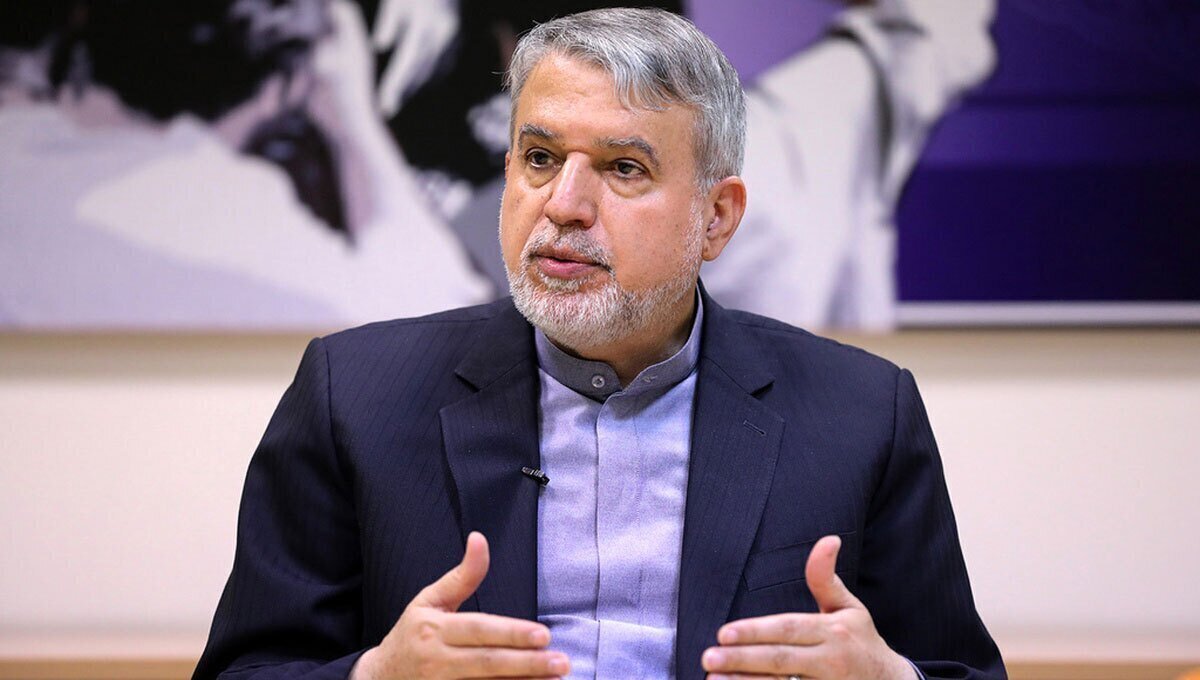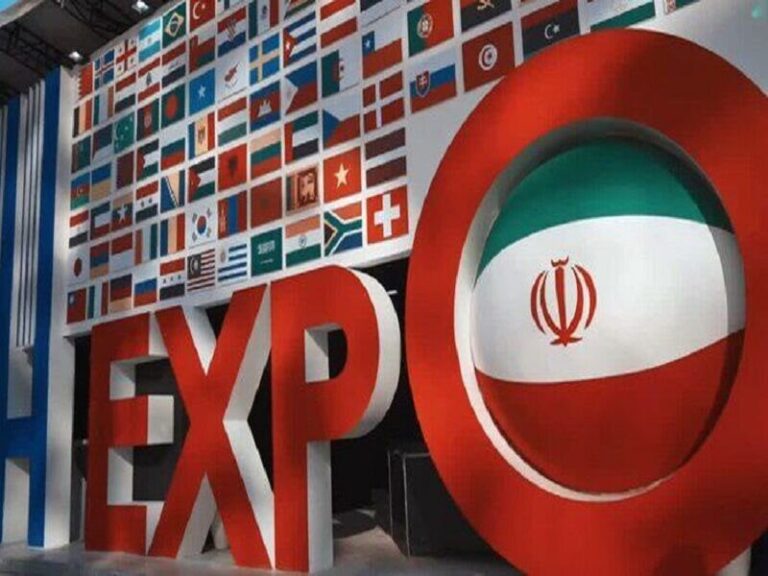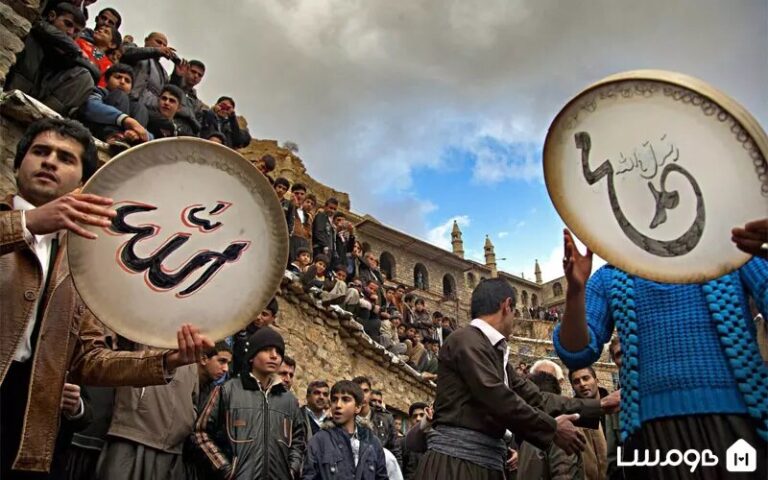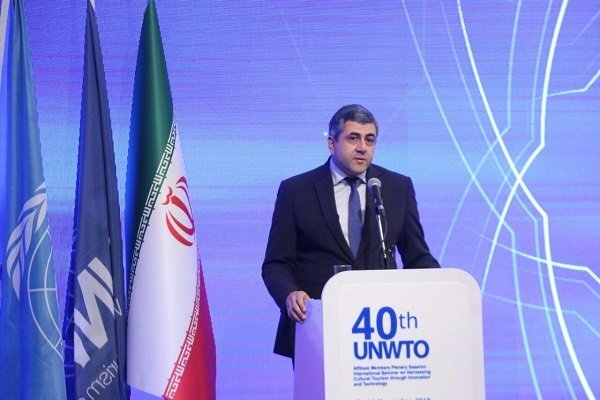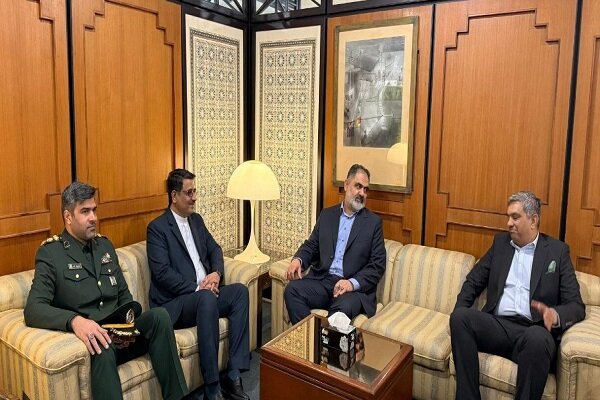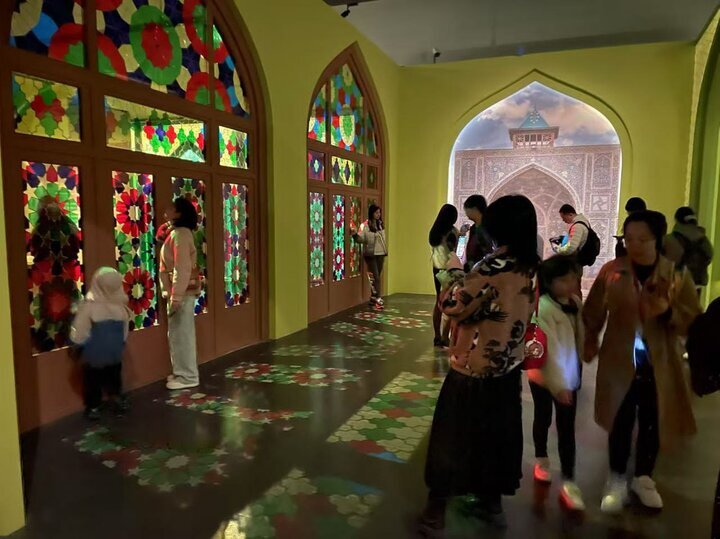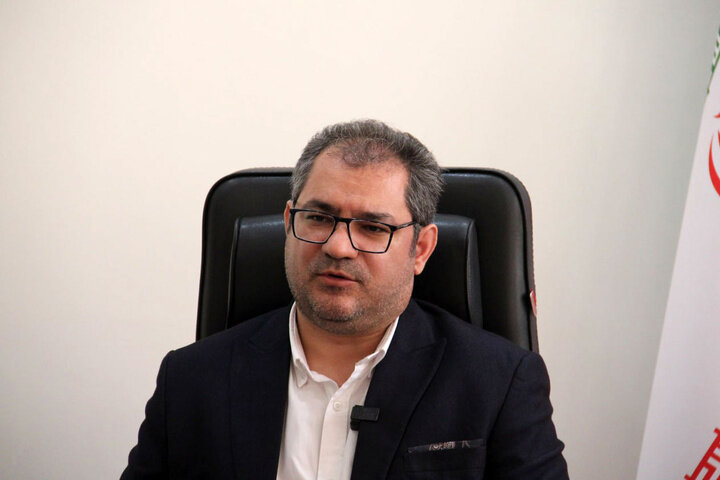Minister Unveils Ambitious Plans to Elevate Tourism and Forge Stronger Ties with Arab Nations
Iran is poised to see a remarkable surge in its tourism sector, with an anticipated influx of over seven million inbound travelers by the end of the Persian year on March 20. This prediction comes from Seyyed Reza Salehi-Amiri, the Minister of Cultural Heritage, Tourism, and Handicrafts, who recently shared insights on the nation’s tourism strategy during a televised program.
During his address, Salehi-Amiri highlighted Iran’s commitment to strengthening tourism relations, particularly with neighboring Arab nations such as Saudi Arabia, Kuwait, and Bahrain. He outlined several key priorities for the ministry, emphasizing the importance of targeting countries that celebrate Nowruz, such as:
- Tajikistan
- Azerbaijan
- Armenia
- Georgia
Salehi-Amiri underscored the deep cultural connections with Tajikistan, promoting the slogan “Two States, One Nation” to enhance Iran’s cultural influence in the region. Recent diplomatic initiatives have led to significant agreements aimed at increasing tourism from Tajikistan, with a target to elevate the number of Tajik visitors from 8,000 to an impressive 100,000. A pivotal aspect of this strategy includes a mutual waiver of visa requirements for air travel between Iran and Tajikistan.
Focusing on the broader Persian Gulf region, Salehi-Amiri noted that approximately three million Iraqi tourists visit Iran each year, with the city of Mashhad serving as the primary destination. He expressed optimism regarding the expansion of tourism ties with Saudi Arabia, Kuwait, and Bahrain. Furthermore, Iran is actively pursuing opportunities to attract tourists from major markets such as China, Russia, and India. Recent agreements with Pakistan are also aimed at promoting cross-border tourism.
Salehi-Amiri reiterated Iran’s ambitious goal of welcoming 15 million international tourists annually, emphasizing that the current figure stands at around six million. Despite perceptions perpetuated by Western media regarding safety in Iran, he confidently stated that tourists who visit the country consistently describe it as secure, beautiful, and hospitable.
In discussing the current state of Iran’s tourism infrastructure, the minister provided some impressive statistics:
- 455,000 hotel beds
- 1,435 hotels
- 3,500 eco-lodges
- Over 18,000 other accommodation centers
While these numbers are promising, Salehi-Amiri stressed the need for further investment and expansion within the sector. In the current Iranian year alone, 45 new hotels have been inaugurated, with numerous other projects in the planning stages.
Beyond tourism development, Iran is also deeply committed to cultural preservation. The minister revealed that 350 historical monuments have been restored over the past year, highlighting the crucial role of public cooperation in safeguarding the nation’s rich heritage.
In conclusion, Iran’s tourism sector is on the brink of significant growth, driven by strategic initiatives aimed at enhancing relationships with neighboring countries and attracting international visitors. With robust plans in place, including improved infrastructure and cultural preservation efforts, Iran is set to redefine its image on the global tourism map.
